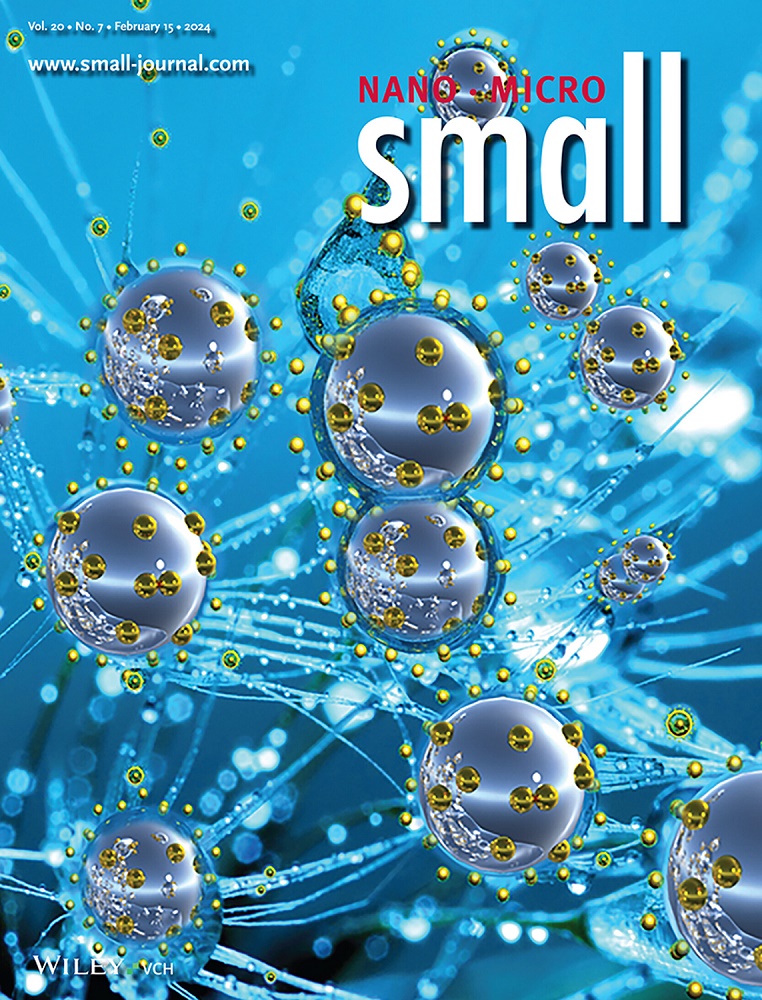Self‐Catalysis‐Graphitization Strategy Toward Coal‐Derived Graphitic Hierarchical Porous Carbon with Advanced Zn‐Ion Storage Capability and Ultrastability
IF 13
2区 材料科学
Q1 CHEMISTRY, MULTIDISCIPLINARY
引用次数: 0
Abstract
Based on dual carbon targets, it is a clean and efficient utilization to convert coal into high value‐added carbon materials for Zn‐ion hybrid supercapacitor (ZIHSC), coupling high energy density of batteries and high power output of supercapacitors. Herein, a one‐step self‐catalysis‐graphitization approach is developed to fabricate N/O/S co‐doped graphitic hierarchical porous carbon from bituminous coal by taking advantages of the intrinsic heteroatoms for self‐doping, the associated minerals for graphization and KOH activation for hierarchical porosity, contributing to abundant entrapments for Zn具有先进锌离子储存能力和超稳定性的煤衍生石墨级多孔碳的自催化石墨化策略
基于双碳目标,将煤转化为锌离子混合超级电容器(ZIHSC)的高附加值碳材料,实现电池的高能量密度和超级电容器的高功率输出,是一种清洁高效的利用方法。本文提出了一种一步自催化石墨化方法,利用烟煤自掺杂的杂原子、石墨化的伴生矿物和KOH活化的分层孔隙,制备了N/O/S共掺杂的石墨分层多孔碳,为Zn2+捕获提供了丰富的包裹层。这使得硬币型ZIHSC器件在0.1 A g−1时具有229.8 mAh g−1的超高容量,即使在放大500倍的电流密度下也能保持110.7 mAh g−1,最大能量密度为183.2 Wh kg−1,并且在50 A g−1的10万次循环中具有99.3%的出色稳定性。令人满意的是,软封装ZIHSC器件在0.1 a g−1时仍然提供141.2 mAh g−1的容量和112.3 Wh kg−1的能量密度,具有实用性。准固体ZIHSC器件在0.1 a g−1下的容量为144.7 mAh g−1,能量密度为115.2 Wh kg−1,具有优异的机械灵活性。
本文章由计算机程序翻译,如有差异,请以英文原文为准。
求助全文
约1分钟内获得全文
求助全文
来源期刊

Small
工程技术-材料科学:综合
CiteScore
17.70
自引率
3.80%
发文量
1830
审稿时长
2.1 months
期刊介绍:
Small serves as an exceptional platform for both experimental and theoretical studies in fundamental and applied interdisciplinary research at the nano- and microscale. The journal offers a compelling mix of peer-reviewed Research Articles, Reviews, Perspectives, and Comments.
With a remarkable 2022 Journal Impact Factor of 13.3 (Journal Citation Reports from Clarivate Analytics, 2023), Small remains among the top multidisciplinary journals, covering a wide range of topics at the interface of materials science, chemistry, physics, engineering, medicine, and biology.
Small's readership includes biochemists, biologists, biomedical scientists, chemists, engineers, information technologists, materials scientists, physicists, and theoreticians alike.
 求助内容:
求助内容: 应助结果提醒方式:
应助结果提醒方式:


